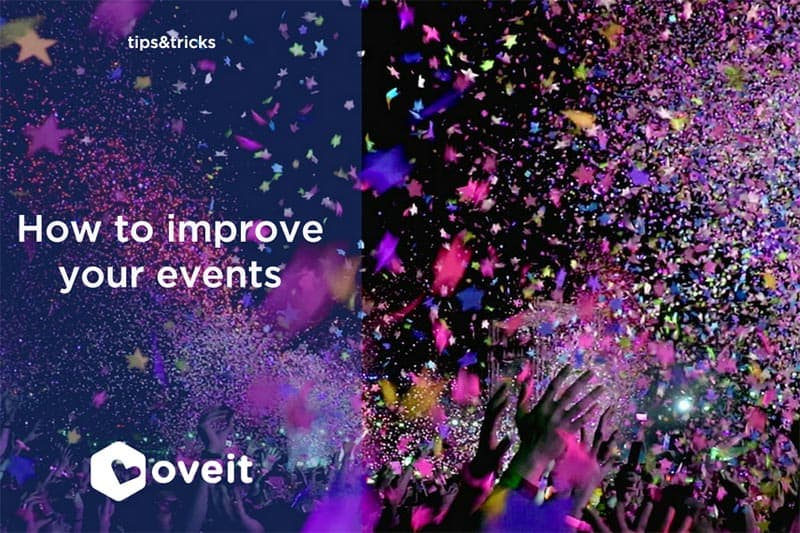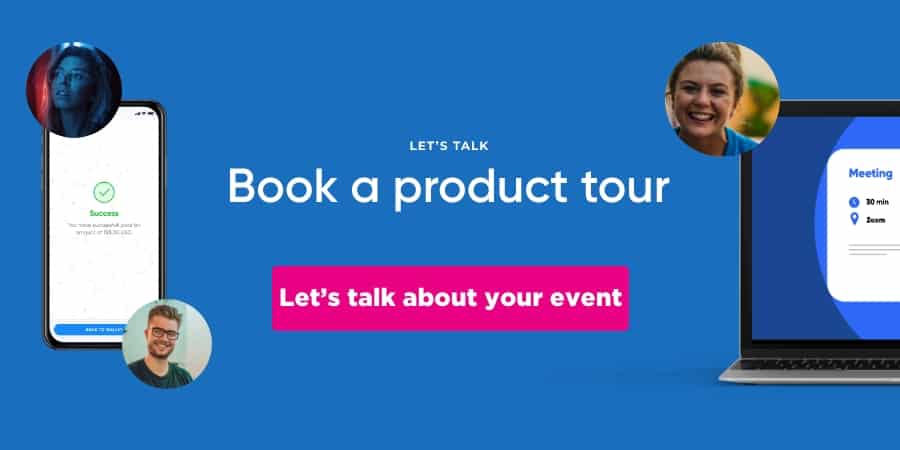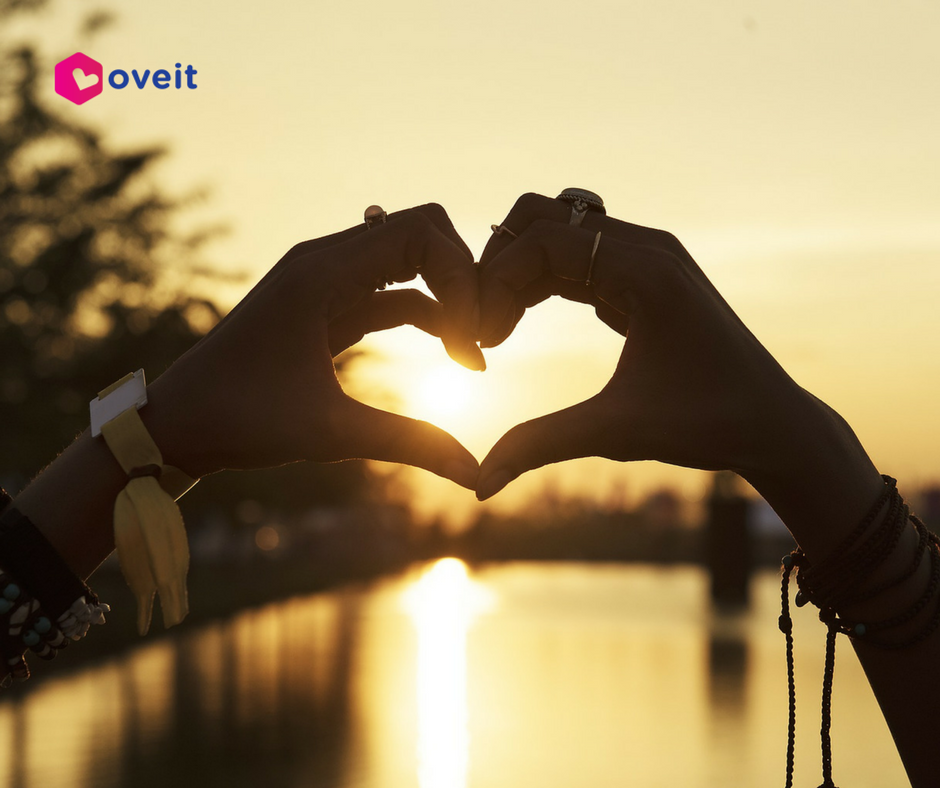updated: 14.06.2023. While the original post focused on 7 tips that will help event professionals create better experiences, the updated version contains 9 suggestions. Feel free to share your opinions and suggestions using the comments section.
“The only person you should be better than is the person you were yesterday”
This is the thought that gets me out of bed on those mornings when all I want is to turn off the alarm and get back to sleep – we all have this kind of morning.
This quote applies to our work as well. And I had the pleasure of discovering that many of our event planners partners think the same. They aim, with every new event, to create a better experience for their attendees. To be better than last time. To make the smile on attendees’ faces slightly wider than last time. And talking to them about what they work on I have managed to extract some common points that can improve any event.

Start (planning and executing) early
‘“If you fail to prepare, you prepare to fail”
We all know it, no matter if you are planning a one day conference or a multi-day festival, it takes months of preparation and work to make sure everything goes well. Start early and create a schedule for the whole process. If you leave things for last minute you whole event can be compromised by unexpected situations that may occur (and there will be quite a few of them).
Set early bird tickets
When you decide to sell tickets online, early bird tickets are a way of repaying your most eager (and loyal) attendees, but also a great way of making sure you don’t have cash flow problems. Using an event management software that has a direct payments feature money will go straight into your account, so you will have a back up if needed. As Sir Richard Branson said, cash flow is extremely important for every business, and revenues from early bird tickets can be your safety net.
Choose an “arresting” venue
The human eye craves beauty, and a beautiful building will always arouse admiration (the positive feedback that we have received for our Beautiful theaters article is good proof of that). The venue where your event takes place will influence the overall experience of your attendees. Make sure that the building offers optimal conditions in matters of location, access (for people with disabilities), heating/cooling system, sound, and lights. Even though we can’t all just book the most impressive building in the city, make sure it offers you everything you need.
Well-balanced and diversified menu
People don’t attend events (just) for the great food that you offer, but this too will impact their experience. How do you act when you are hungry? Are you still able to focus? Are you still interested in what somebody else has to say? When it comes to food, not all attendees have the same preferences, and although you can’t please them all you should at least have both normal and vegan menus.
Engage your attendees
Let attendees feel like part of your event. As humans, we want to know that our words/opinions matter, and asking for feedback is a great way of letting your attendees know that their do. Feedback will also let you know how your event looks from “outside” – no matter how critical you are to your own work, you should always try to see it from your attendees’ perspective. If possible, ask for feedback before, during, and after the event.
Keep your attendees informed
From my own experience, I can say that attendees like to know as much as possible about the event that they are attending. Yes, a little mystery is always welcome, but don’t keep essential information from them. Questions like “Where can I find the event app”, “Where/when is lunch served”, and “What time will Speaker X be on stage” will surely be asked, so verify that your team has the answers. People will also want to have access to the Schedule of your event, it would be nice to have it displayed in visible places (and also in the event app – if you use any).
Deliver personalized experiences
Tailor certain aspects of the event to cater to individual attendees’ preferences. For example, using our ticket add-ons, you can empower your attendees to create their unique experiences. Allow them to build up a ticket from (almost) scratch by adding different content tracks, special access, or even merchandise. Help them build unforgettable experiences.
Sustainability Initiatives
Incorporate eco-friendly practices into your event planning, such as reducing waste, using sustainable materials, or promoting carbon-neutral options. Communicate these initiatives to your attendees, as many people appreciate environmentally conscious events. But most importantly, in order to improve our events, it is our responsibility to craft experiences that have a minimal impact on the environment.
Take advantage of event technology
This is my favorite part because I have seen how technology in general (and Oveit in particular) can help event planners in their “pursuit of happiness”. I will point out just some of the most important aspects:
Online registration: Nowadays, no matter what event you are hosting, you should offer your customers the possibility to purchase tickets online. Making it easier for them to register will increase the total number of attendees and will also offer you more information about them (through registration forms).
NFC technology: The tap-and-pay system is great because it makes it really easy for attendees to purchase the desired products. It can also be used for interaction purposes, transforming the old event wristband into an extremely powerful high-tech tool.
Smooth registration process: Undoubtedly, time is our most valuable resource, and we all cherish it. It’s clear that we don’t like to have our time wasted, so you should always use a smart tool that will ensure a fast and smooth check-in process.
You are creating forever-lasting experiences. Now, you can sell NFT tickets and allow your attendees to actually own a part of your incredible work.
It is hard to change all those mentioned above at once, but even the tiniest improvement can have spectacular long-term effects. And the story of Dave Brailsford and the British Cycling Team is a great example of how small things can bring unthinkable changes. Keep up the good work and never stop improving!

